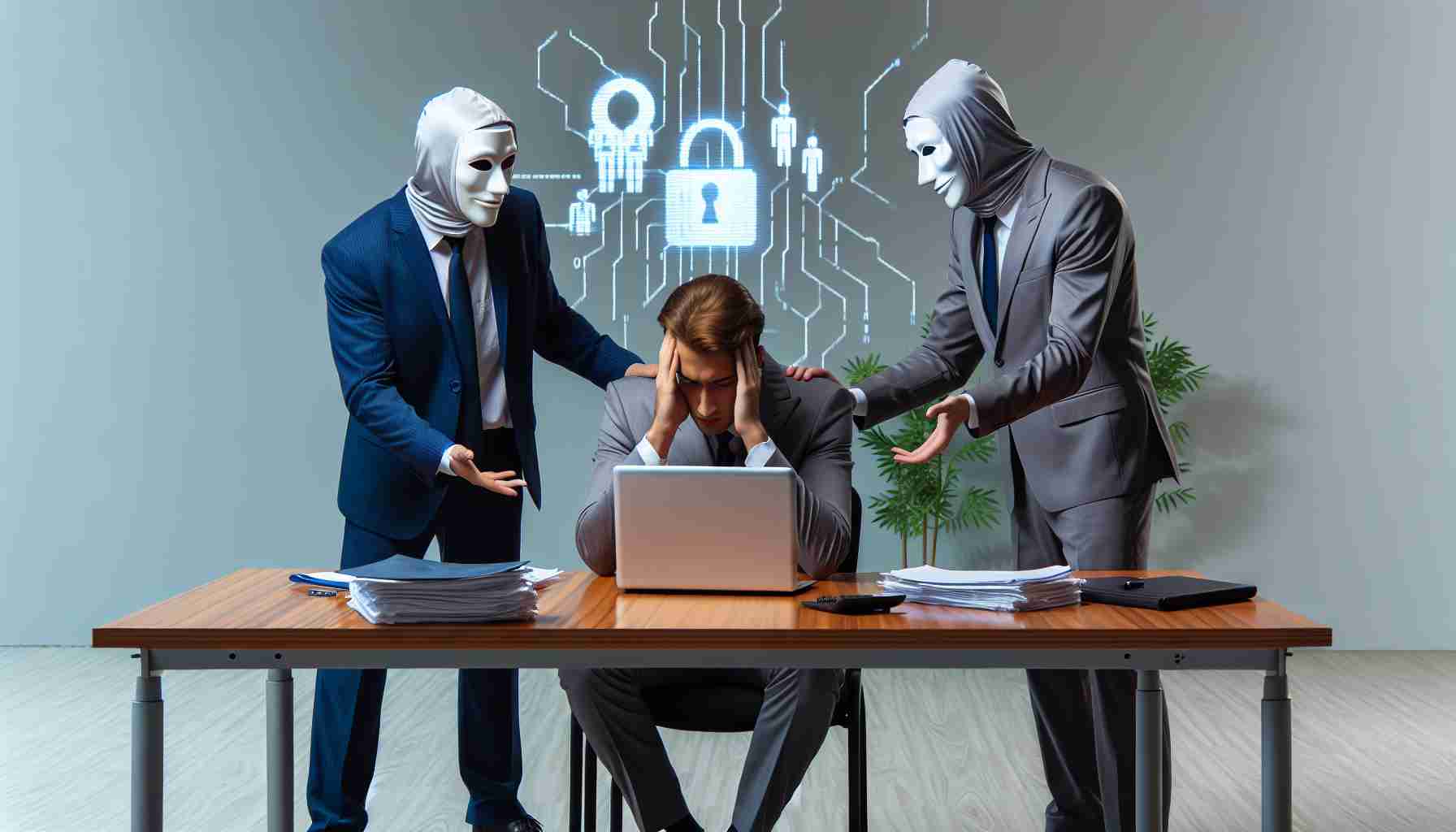The National Labor Relations Board (NLRB) has definitively stated that Apple’s conduct regarding an incident at its World Trade Center store in the heart of New York City was unlawful. In 2022, the tech giant was found to have overstepped its boundaries by questioning employees about their union affiliations and activities.
An important legal figure, Judge Lauren Esposito, had previously concluded that Apple’s actions were unacceptable. These included prohibiting staff from distributing union-related materials within the confines of the store’s break area, and the subsequent seizure of said materials. Furthermore, the company engaged in questioning their employees about their involvement in union organization efforts – a right protected under labor law.
In her mandate, Esposito ordered Apple to refrain from such practices henceforth, emphasizing the prohibition on interrogations about union matters as well as the removal of union literature from the staff areas.
While this ruling represents a first for the board in its direct dealings with Apple, as reported by Bloomberg, financial penalties or other direct forms of punishment are beyond the NLRB’s authoritative scope.
The broader landscape reveals challenges for Apple on several fronts concerning unionization, with more cases of alleged labor law violations still under review. Meanwhile, some Apple store employees, particularly those at locations like Short Hills in New Jersey, Oklahoma City, and Towson in Maryland, have faced their own set of hurdles in their efforts to unionize, with the latter two achieving success in forming a union.
Facts Relevant to Apple Violating Labor Laws:
– Apple is a prominent employer in the United States, with retail stores across the country. Unionization efforts in the tech retail sector are gaining attention, reflecting broader labor movements within the industry.
– The NLRB is an independent federal agency that protects employees’ rights to organize and to determine whether to have unions as their bargaining representative.
– Labor law in the United States specifies that employers are not allowed to interfere with, restrain, or coerce employees in the exercise of their rights relating to organizing, forming, joining, or assisting a labor organization for collective bargaining purposes.
Important Questions and Answers:
– Q: What rights do employees have regarding union activities according to labor law?
A: Employees have the right to organize, form, join, and assist labor organizations and to bargain collectively through representatives of their own choosing, and they are protected in engaging in other protected concerted activities, or to refrain from such activities.
– Q: What are the consequences for a company like Apple if found violating labor laws?
A: While the NLRB does not impose financial penalties, it can require companies to correct actions deemed unlawful, such as restoring the job of an employee fired for union activities, and it can require companies to cease and desist from illegal activities and inform employees about their labor rights.
Key Challenges and Controversies:
– The balancing act for companies like Apple in maintaining their managerial rights while respecting employees’ rights to unionize.
– The effectiveness of the NLRB’s remedies, as it cannot impose financial penalties, which may not be a strong deterrent for large corporations.
– Whether the public stance of companies on progressive values aligns with their internal labor practices.
Advantages and Disadvantages:
– Advantages: Unionization can lead to better wages, benefits, and working conditions for employees, and can help ensure they have a collective voice in negotiations.
– Disadvantages: For companies, dealing with unions may lead to more complex negotiations and potentially increased costs. It can also result in more bureaucratic processes and less flexibility in management decisions.
For more information regarding labor laws and unionization efforts, you can visit the National Labor Relations Board.
The source of the article is from the blog j6simracing.com.br
